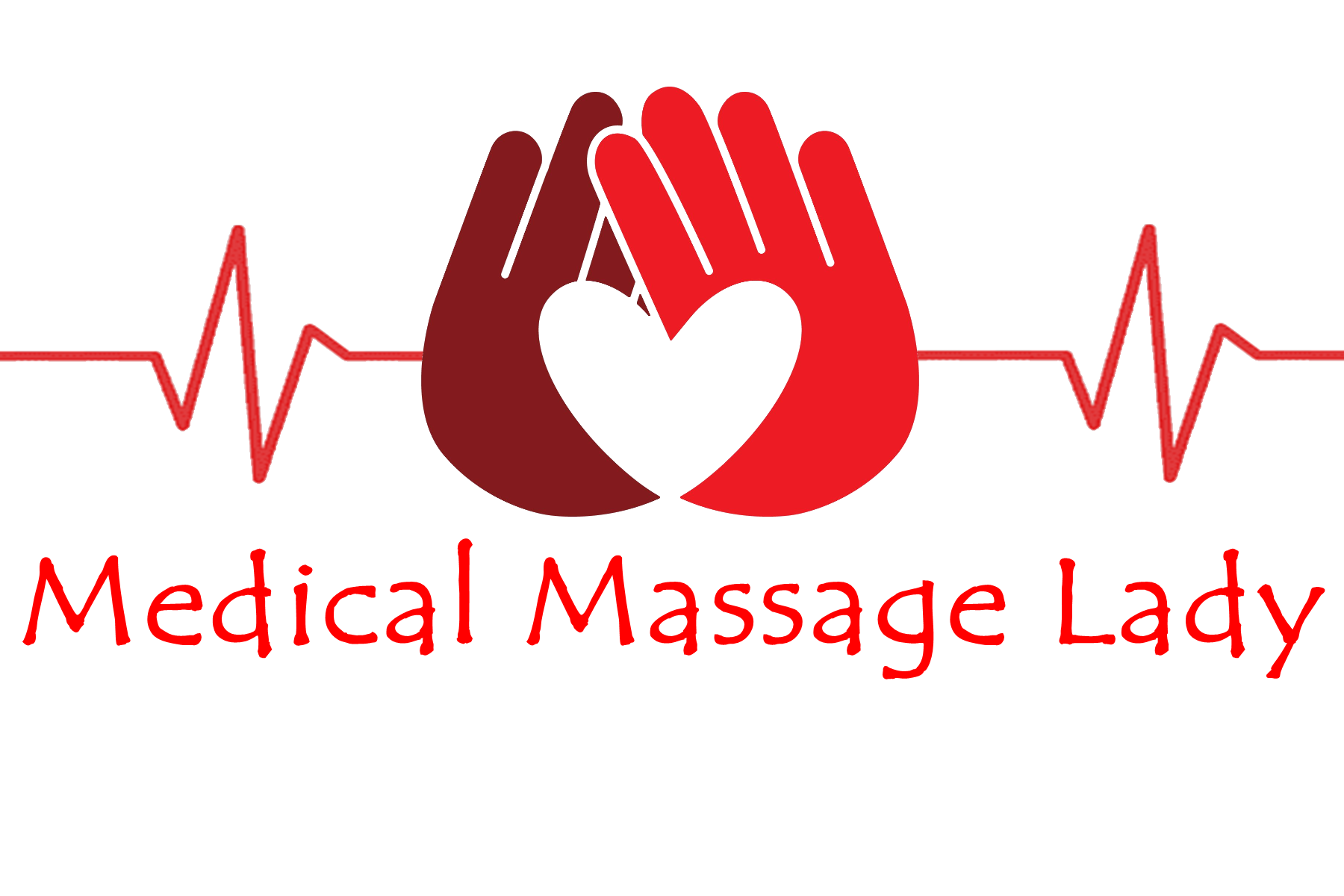- 07736 104738
- sam@medicalmassagelady.com
- Mon - Sat, 8:00 - 18:30
The glutes consist of three major muscles: gluteus maximus, gluteus medius, and gluteus minimus, and they are used in hip movements and, alongside the IT band, knee movement. Gluteal pain may also involve surrounding tissues such as the piriformis and obturator (hip rotator muscles),ischial bursa and sciatic nerve.
TYPES OF GLUTEAL INJURIES
• contusion - a bruise to the muscle
• strain - stretch or partial tear of the muscle or tendon
• trauma - a fall or a direct blow to the buttock area
• overuse injuries - cause inflammation and damage to the gluteal muscles or to the tendons that attach the gluteal muscles to the greater trochanter of the hip
CAUSES & RISK FACTORS
• falls or other trauma are a common cause of contusions
• those who are on anticoagulants may suffer a large amount of bleeding within and around the muscle, causing pain and swelling
• overuse - gluteal muscle and tendon strains occur because of repetitive motions like squatting and lifting at work, causing inflammation in tissues around the hip
• overtraining, especially with weights and squats, may cause gluteal tendinopathies may mimic hip bursitis
• runners – prone to inflammation of the hip, piriformis, iliotibial band, and the gluteus muscles
SIGNS & SYMPTOMS
• bleeding
• inflammation
• swelling
• pain
• decreased range of motion of the hip - making it difficult to sit, stand and/or walk normally
• associated fractures of the pelvis, hip, or lower back
• numbness or tingling or pain that radiates down the leg
• issues with urination or opening bowels - associated with potential spinal cord injury
• tenderness on palpation – due to contusion or infection or gluteal tendinopathy if around the greater trochanter
TREATMENT
• decrease the inflammation with ice, elevation, and rest
• a rubber ring may reduce the pain of sitting
• short term stool softener if there is difficulty sitting on the toilet, leading to constipation
• physiotherapy for abnormal gait associated with overuse injuries and tendinopathies
• massage
• ultrasound
• steroid injections • surgery – rare in cases of severe tears




